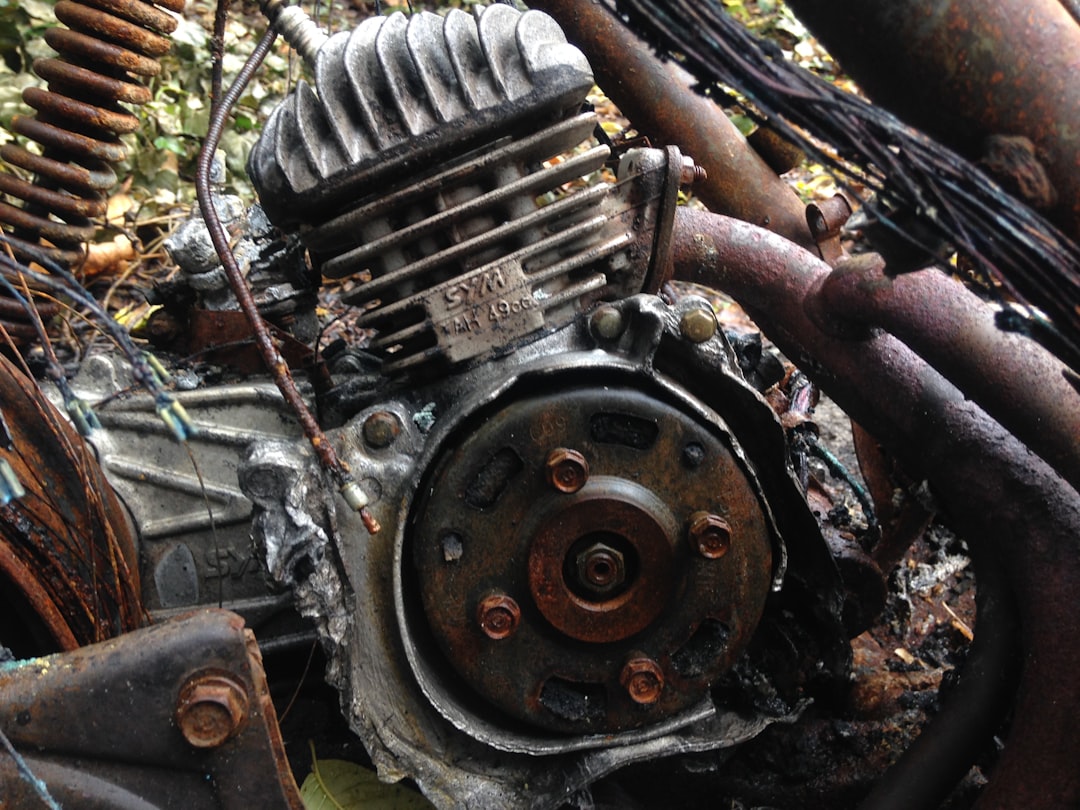What is it about?
Cutting forces are critically important in cutting operations because they correlate strongly with cutting performance such as surface accuracy, tool wear, tool breakage, cutting temperature, self-excited, and forced vibrations. The drilling operation of titanium alloys is considered by manufactures as complex and difficult in view of the mechanical and thermal properties of this material. In fact, titanium has a very small coefficient of conduction which leaves a high temperature at the area of contact between the tool and the workpiece, which decreases the cutting forces and increases the wear of the tool. For this, more research has focused on the prediction of cutting forces during the drilling of titanium in order to improve the Machinability of this material as well as the wear of the tool. Many efforts have been made by researchers to better understand the drilling process and to formulate theoretical cutting forces models to predict and to simulate the phenomenon.
Featured Image
Why is it important?
This paper presents a numerical model for prediction of cutting forces and torque during a drilling operation including the effect of the regenerative chatter and of the cutting process damping. The corresponding algorithm allows understanding the interaction between the tool and the workpiece and identifying numerically the three dimensional evolution of the cutting force components and cutting torque generated by the drilling process of a titanium alloy. Verification tests are conducted on a vertical machine for titanium alloy Ti6Al4V and the effectiveness of the model and the algorithm is verified by the good agreement of simulation result with that of cutting tests under different cutting conditions.
Read the Original
This page is a summary of: Numerical modeling and experimental analysis of thrust cutting force and torque in drilling process of titanium alloy Ti6Al4V, The International Journal of Advanced Manufacturing Technology, February 2018, Springer Science + Business Media,
DOI: 10.1007/s00170-018-1758-7.
You can read the full text:
Contributors
The following have contributed to this page










